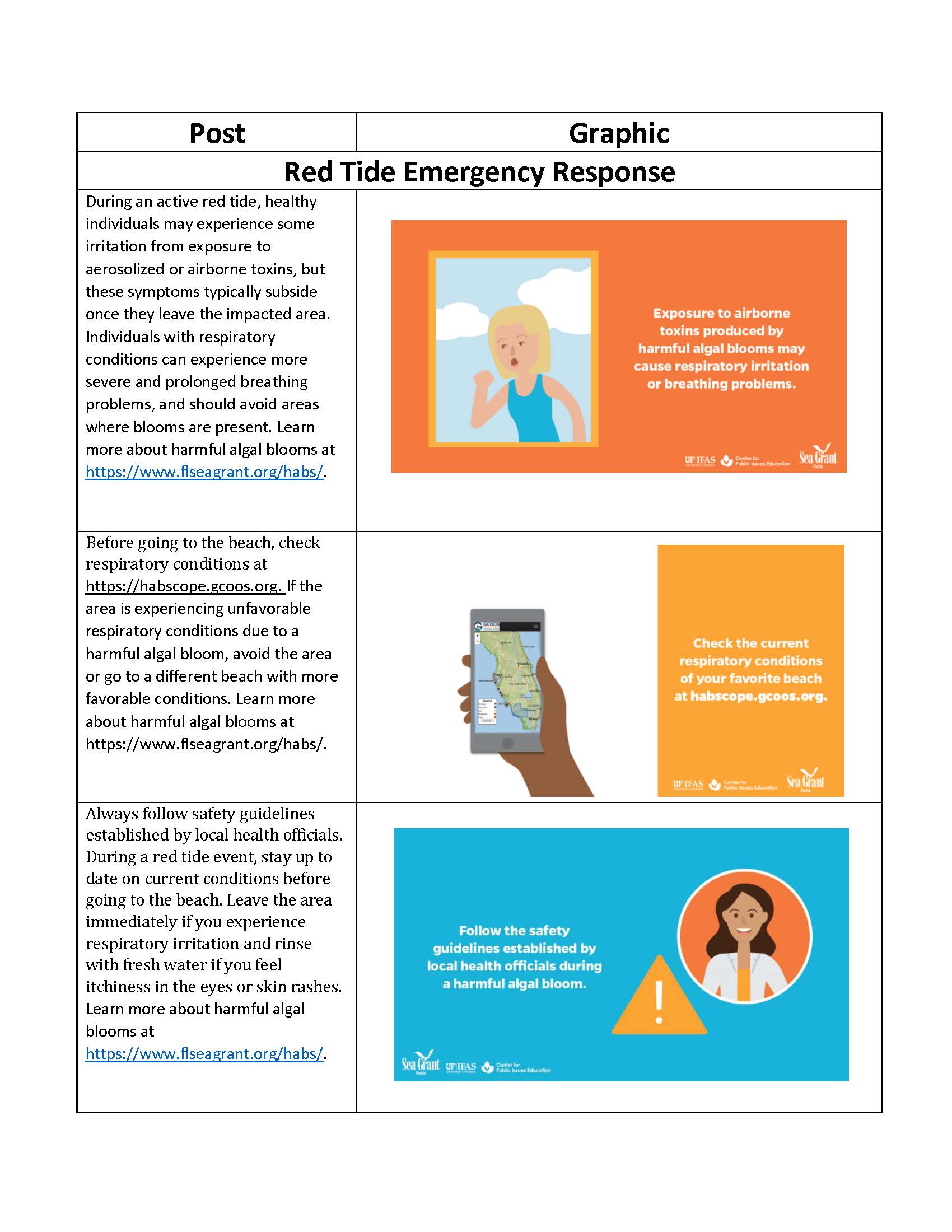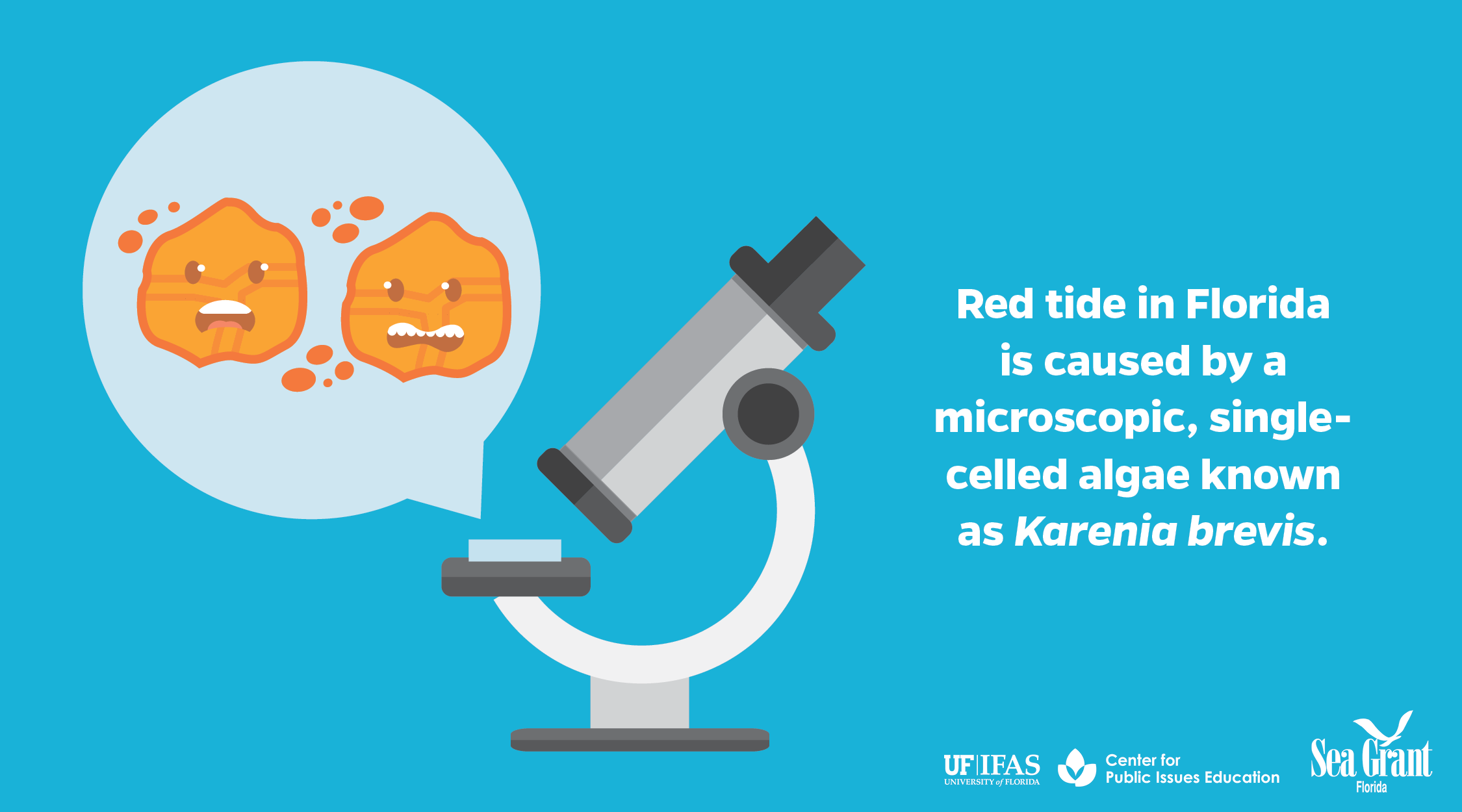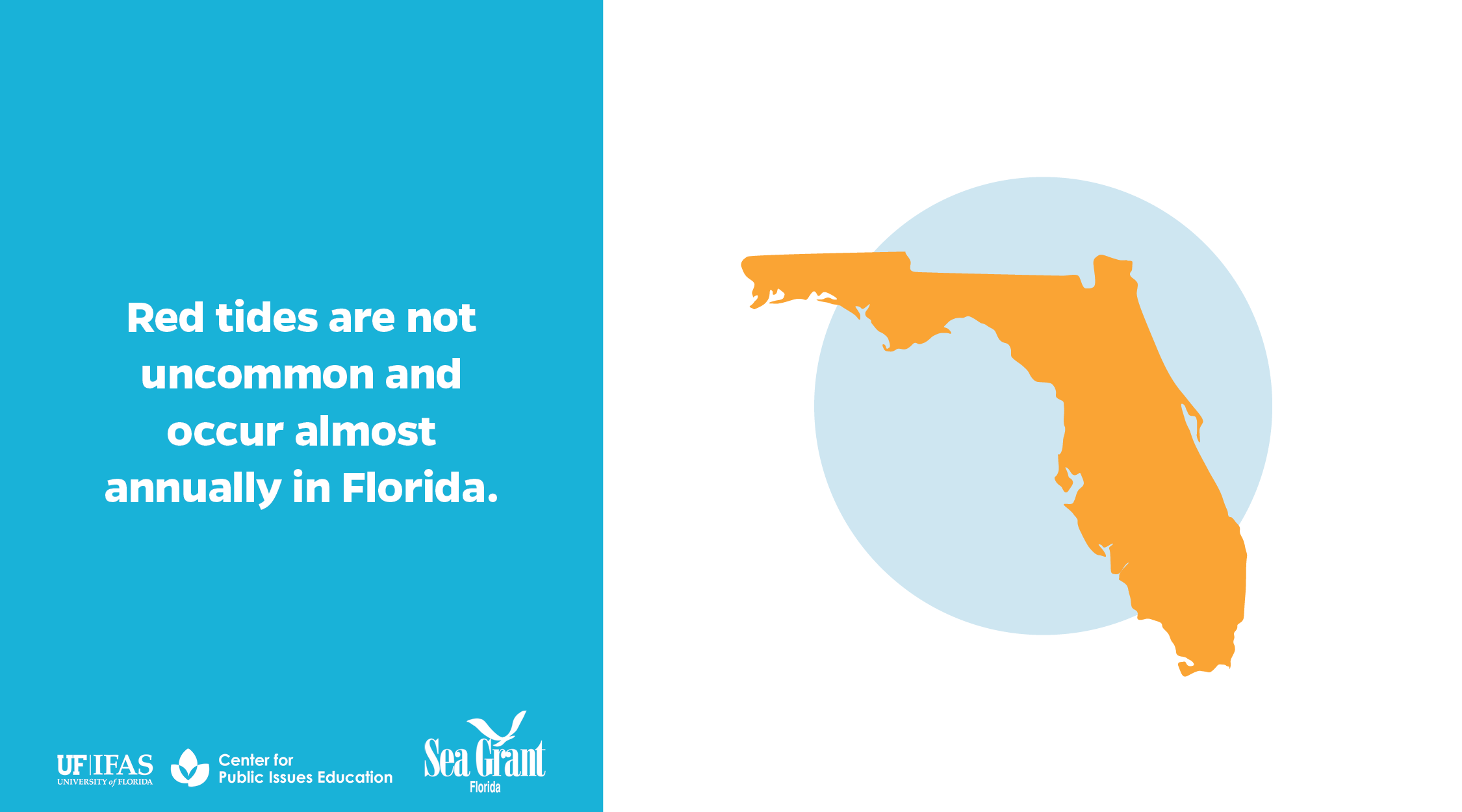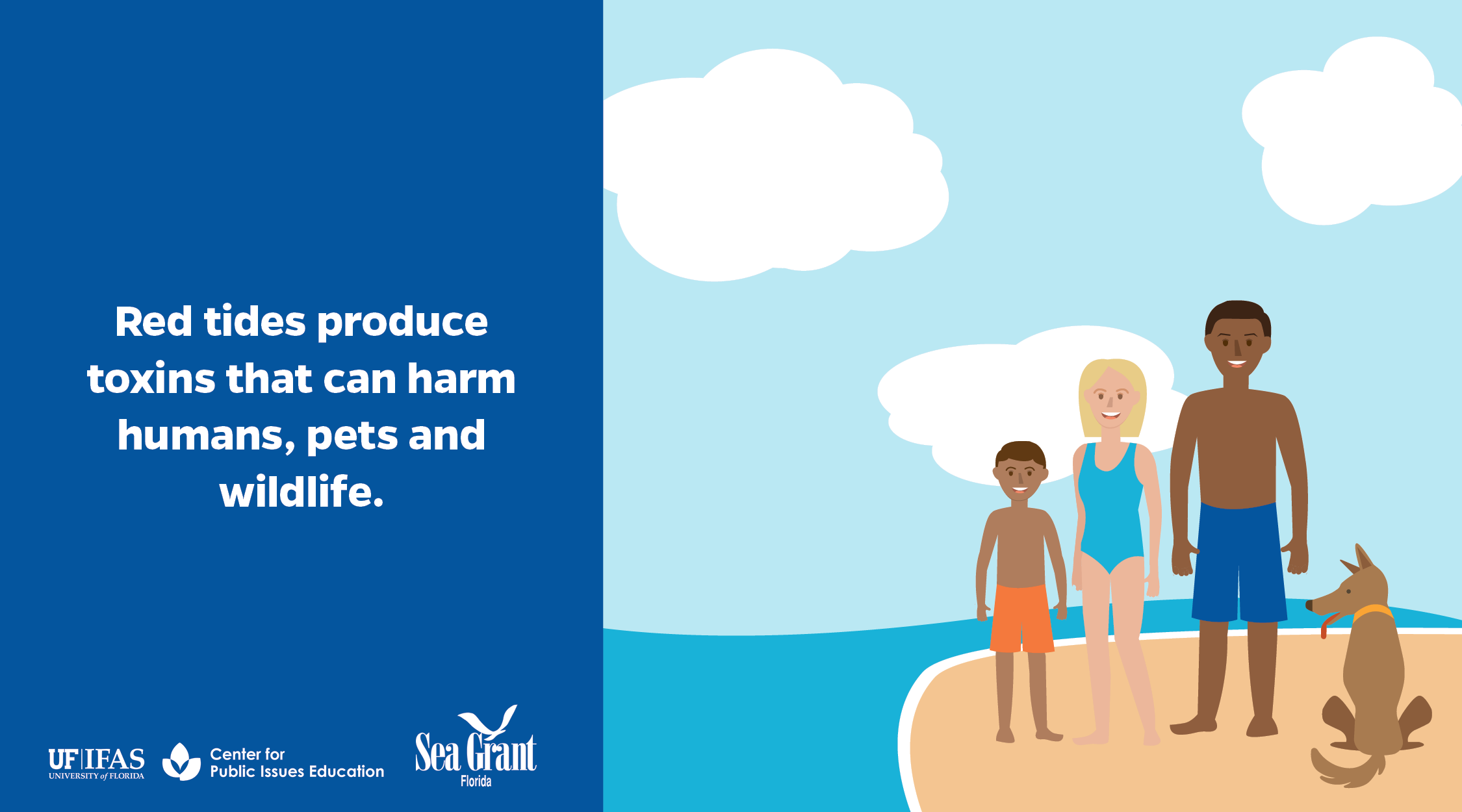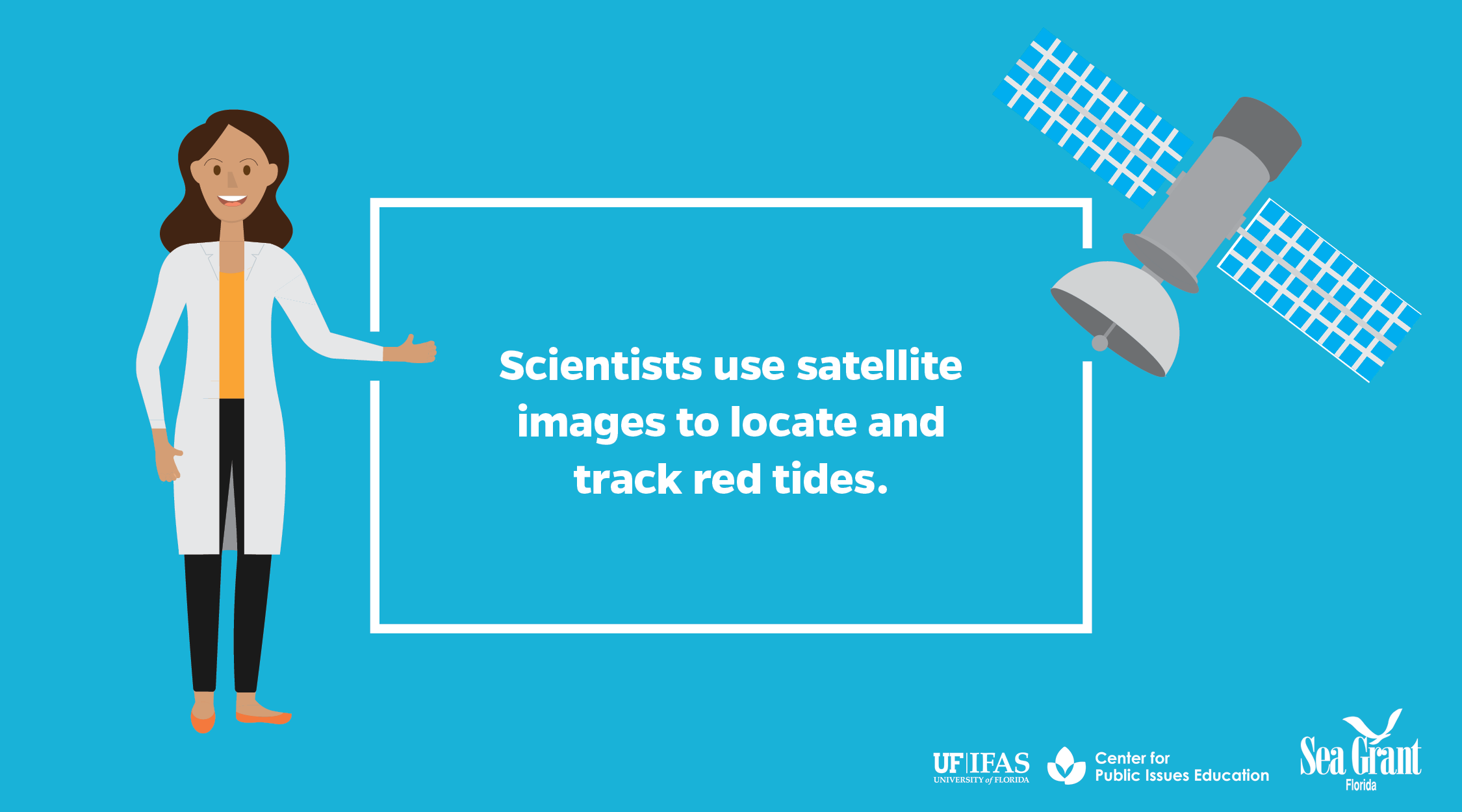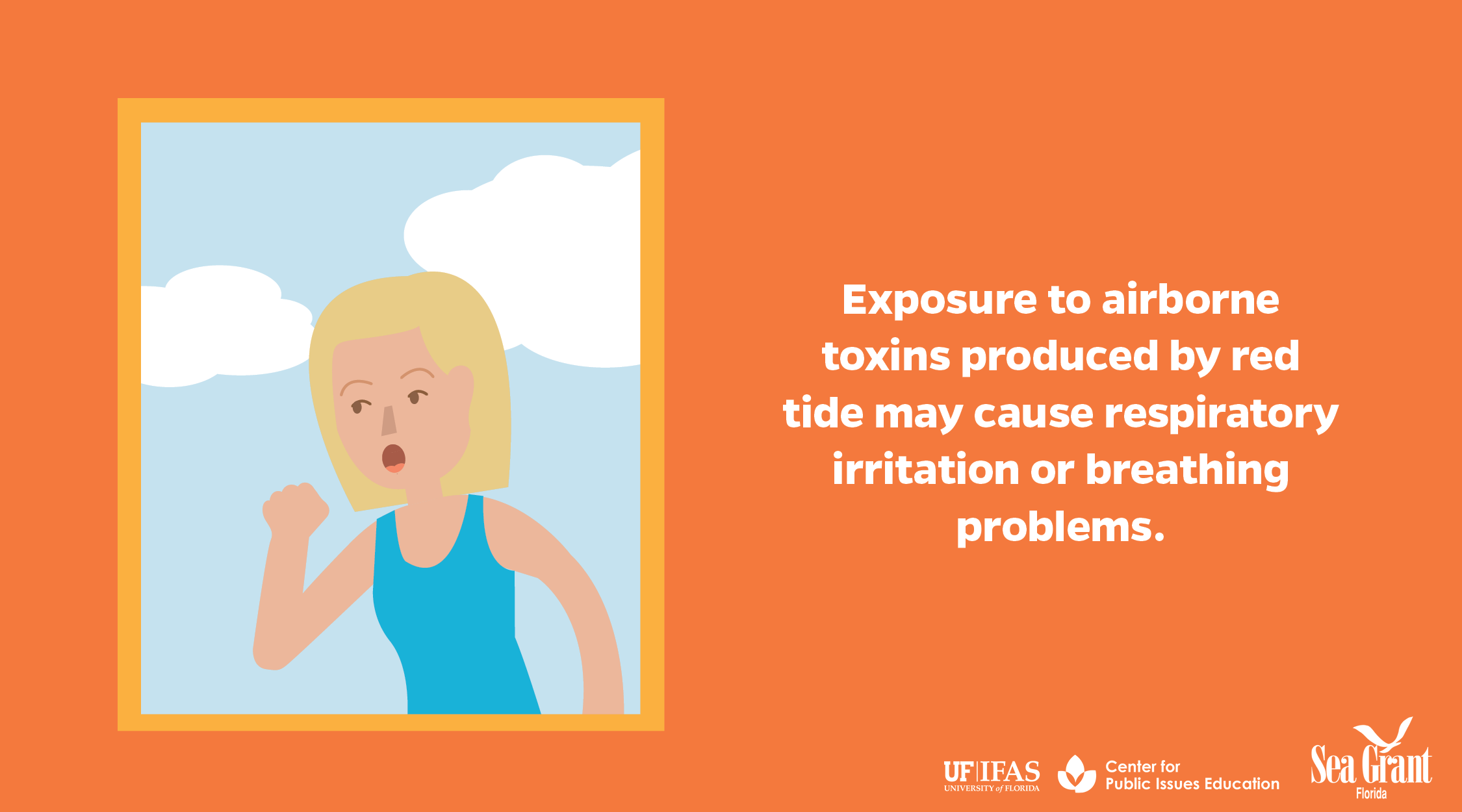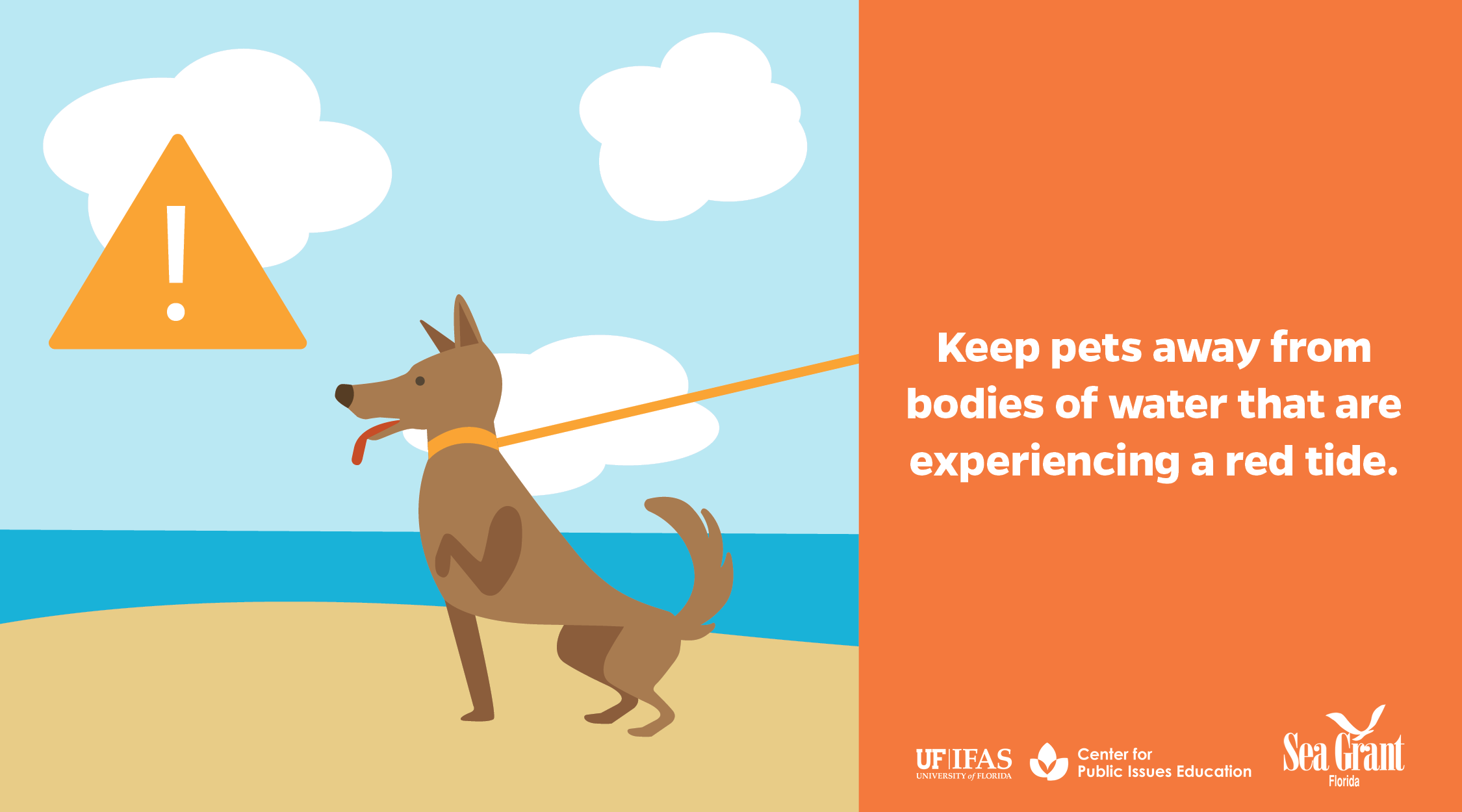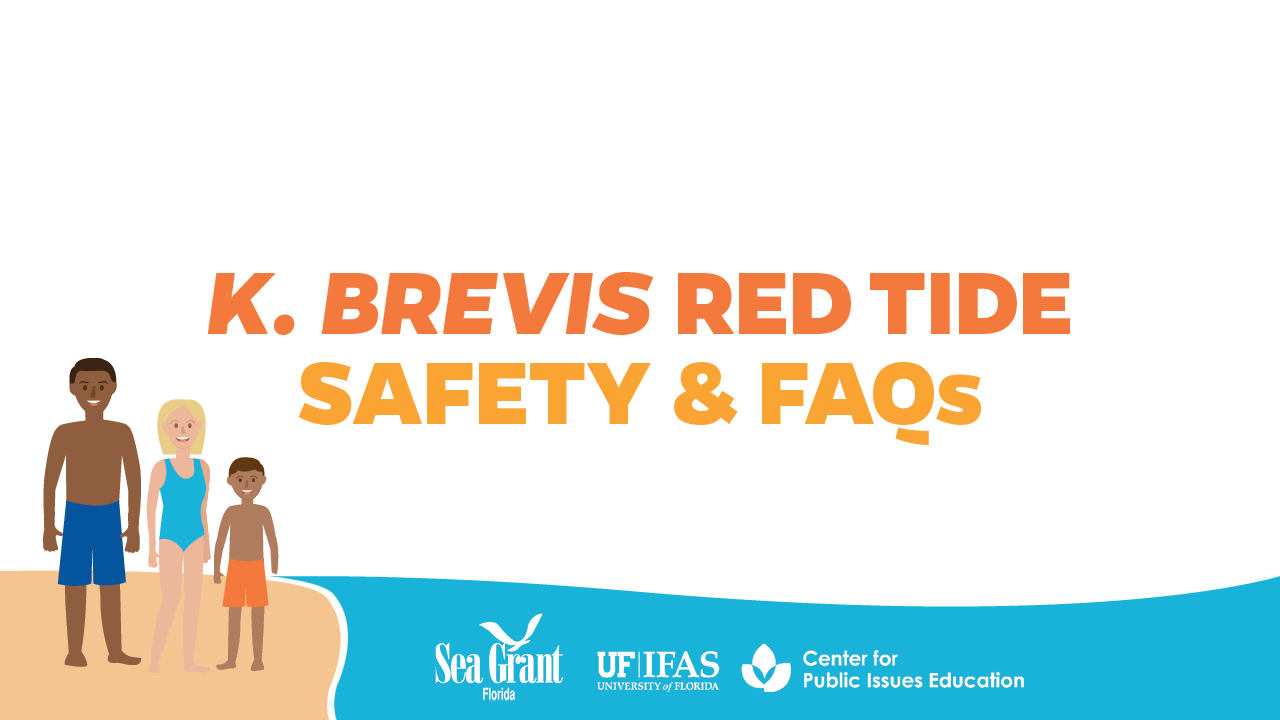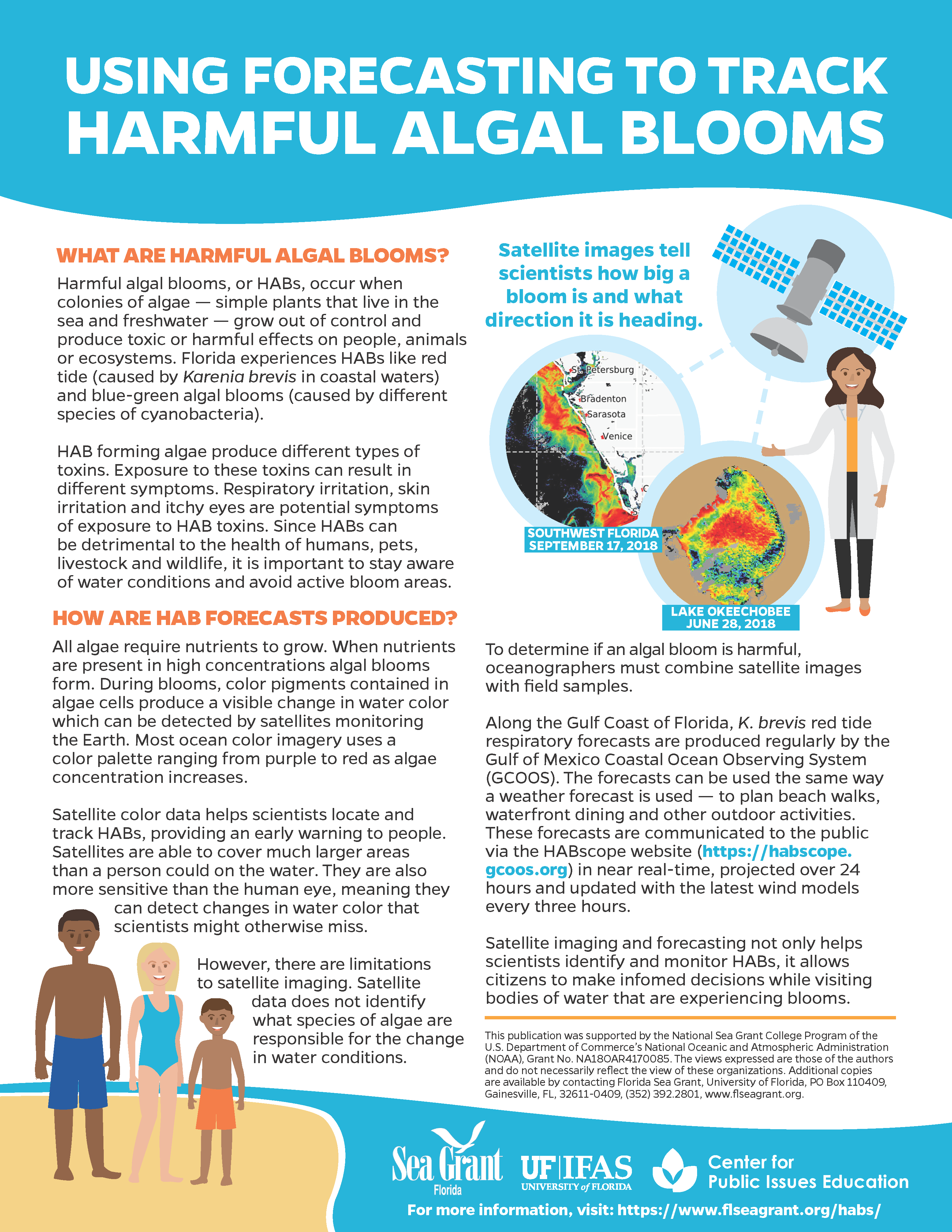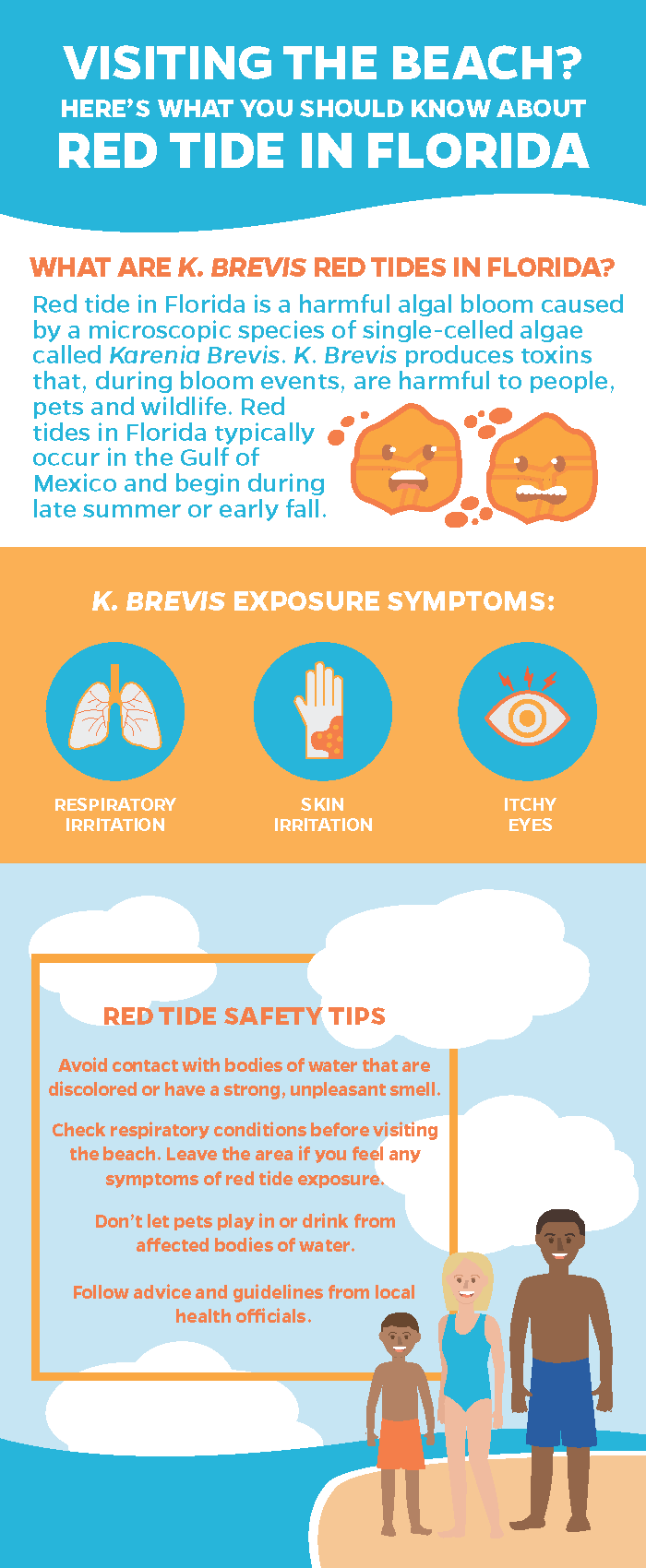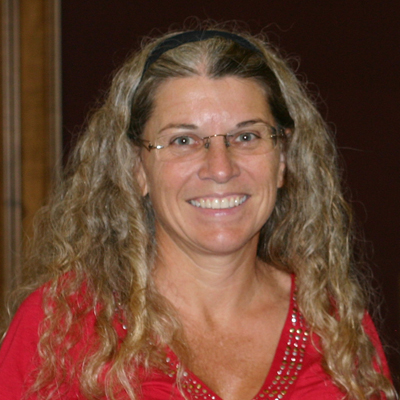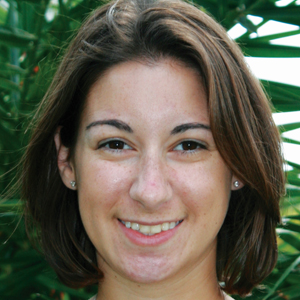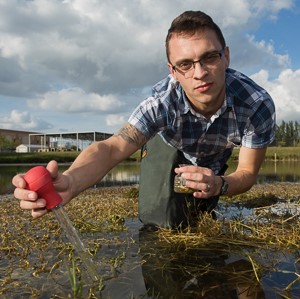Red Tide Toolkit
Social Media Plan: Red Tide Info and Emergency Responses
HABs Infographics
HABs Response Infographics
HABs PowerPoints
Using Satellites To Detect & Forecast Harmful Algal Blooms
K. Brevis Red Tide Safety & FAQs
HABs PDFs
HABs Detection Video
HABs Liaison
Betty Staugler, Florida Sea Grant extension agent based in Charlotte County, was recently named Florida Sea Grant HAB liaison to National Oceanic and Atmospheric Administration’s National Centers for Coastal Ocean Science (NCCOS). The lab forecasts and models harmful algal blooms occurring in Florida and the Southeast. Betty will work with NCCOS researchers to create and distribute data, tools, and outreach materials to groups and individuals working to help Florida prepare for and weather blooms.
Harmful Algal Bloom State of the Science Symposium
UPDATE: A consensus document from the 2019 Harmful Algal Bloom State of the Science Symposium was published in February 2020. A pdf of the document can be downloaded here:
State of the Science for Harmful Algal Blooms in Florida: Karenia brevis and Microcystis spp.
In August 2019, Florida Sea Grant and University of Florida’s Institute of Food and Agricultural Sciences convened a meeting of more than 70 HABs experts at the U.S. Geological Survey offices in St. Petersburg to discuss the state of research on HABs in Florida.
Click on the link below to read more about the symposium and to access PDFs of the presentations and program book.
[expander_maker id=”2″ more=”View Symposium Materials” less=”Read Less”]
The UF/IFAS Florida Sea Grant Harmful Algal Bloom State of the Science Symposium brought together researchers from around the state and across the country to discuss what is known about HABs, especially Karenia brevis red tide and Microcystis aeruginosa cyanobacteria — two main HABs impacting the state. The group was tasked with assessing the current state of the science and prioritizing research needs in the areas of:
• Initiation, development and termination of blooms
• Prediction and modeling
• Detection and monitoring
• Mitigation and control
• Public health
Download a PDF of the Florida HABSOS Symposium Program Book.
Plenary I
- Tom Frazer, FDEP
Florida Blue-green Algal Bloom Task Force - Leanne Flewelling, FWC-FWRI
Florida Harmful Algal Bloom Task Force
Session – Initiation, Development, and Termination
- Cynthia Heil, Mote Marine Laboratory
Presentation - Barry Rosen, USGS
Presentation
Session – Prediction & Modeling
- Bob Weisberg, USF
Presentation
- Richard Stumpf, NOAA National Centers for Coastal Ocean Science
Presentation - Justin Chaffin, The Ohio State University
Presentation
Session – Detection & Monitoring
- Kate Hubbard, FWC-FWRI
- Barb Kirkpatrick, GCOOS
Presentation - Cheryl Swanson, FDEP
Presentation - Therese East, SFWMD
Presentation
Session – Mitigation & Control
- Don Anderson, WHOI
Presentation - Richard Pierce, Mote Marine Laboratory
Presentation - Dail Laughinghouse, UF
Session – Public Health
- Andy Reich, FDOH
Presentation - Heather Raymond, Ohio EPA
Presentation - Lorrie Backer, CDC
Presentation
Session – Emerging Issues
- Hans Paerl, UNC
Presentation - Leanne Flewelling, FWC-FWRI
Presentation
[/expander_maker]
Resources
Below is a list of HABs resources provided by the National Oceanic and Atmospheric Administration.
- Tips for Tracking Red Tide
- NOAA HAB event response funding program
- NOAA HAB monitoring products
- Taxonomic Identification of Harmful Algae in U.S. Marine Waters- Bigelow course.
- Diagnosing Microcystin Intoxication of Canines: Clinicopathological Indications, Pathological Characteristics, and Analytical Detection in Postmortem and Antemortem Samples
- Mobile Device Application for Monitoring Cyanobacteria Harmful Algal Blooms Using Sentinel-3 Satellite Ocean and Land Colour Instruments
- Harmful Algal Bloom and Hypoxia Research and Control Amendments Act (HABHRCA)
- Registration info for EPA’s 2020 National Recreational Water Quality Workshop
- December 2019 issue of Water Log, published by Mississippi-Alabama Sea Grant Consortium, evaluating legal issues of HABs







